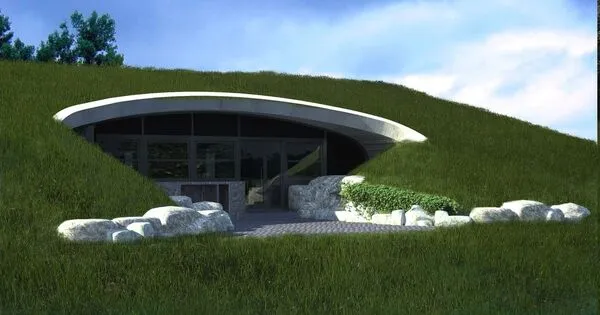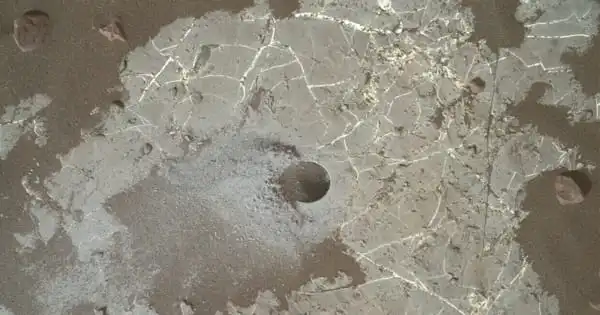An earth shelter, also known as an earth house, earth-bermed house, or underground house, is a structure (often a house) that has earth (soil) against its walls, on its roof, or is completely underground. It usually refers to a kind of building construction in which a large amount of the structure is covered with ground, either partially or completely. This design technique uses soil’s natural insulating properties to manage temperature and achieve energy efficiency.
The Earth works as thermal mass, making it easier to keep a consistent indoor air temperature and so lowering energy expenses for heating and cooling. Earth sheltering gained popularity after the mid-1970s, particularly among environmentalists. However, the practice has been around for nearly as long as humans have been constructing their own shelters.
Earth sheltering can take various forms, including:
- Underground Houses: Entire homes are built below ground level, with the earth covering most or all of the structure. These homes can be partially or completely submerged and often have windows or light wells to bring in natural light.
- Bermed Houses: These houses are partially buried into the earth on one or more sides, with soil and vegetation covering the exposed portions. This design helps regulate indoor temperatures and can blend into the surrounding landscape.
- Earth-Sheltered Buildings: These structures are built with earth berms against the outside walls or incorporated into the roof structure to provide insulation and thermal mass, lowering heating and cooling costs.
The advantages of earth sheltering include energy efficiency, lower heating and cooling expenses, protection from extreme weather occurrences, and blending into the natural landscape. However, difficulties like as suitable waterproofing, ventilation, and lighting must be addressed throughout the design and building phases.
















